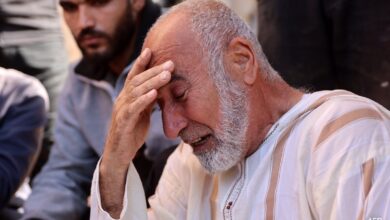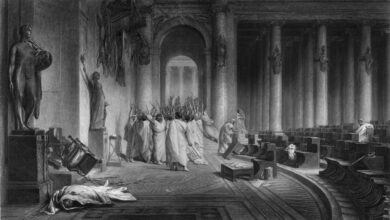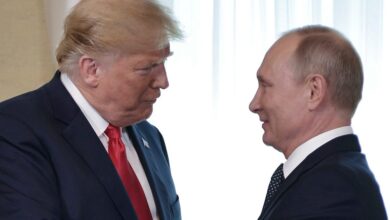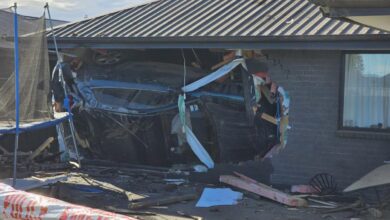Martial law: Putin declares martial law in four occupied regions as Kyiv presses offensive


CNN
—
Russian President Vladimir Putin signed a law Wednesday introducing martial law in four Ukrainian regions the Kremlin claims to have annexed, in violation of international law, along with a separate order imposing restrictions on movement in and out of eight Russian regions adjoining Ukraine.
The regions are Kherson, Zaporizhzhia, Donetsk and Luhansk. Russia does not control the entirety of those regions and is in a hasty retreat in Kherson after Ukrainian forces regained territory there. Ukraine’s foreign ministry has condemned the decree as a “new state of terror” aimed to “to suppress the resistance” of those regions’ residents.
Russian-installed leaders in Kherson region earlier Wednesday began massively ramping up the relocation of up to 60,000 people amid warnings over Russia’s ability to withstand a Ukrainian counter-offensive.
Putin nonetheless said he would impose the policy during a scheduled Russian Security Council meeting. Martial law will come into effect in those regions on Thursday, his decree stated.
“In this regard, let me remind you that in the Donetsk People’s Republic, the Luhansk People’s Republic, as well as in the Kherson and Zaporizhzhia regions, martial law was in effect before joining Russia,” Putin said during a televised address.
“Now we need to formalize this regime within the framework of Russian legislation,” he said.
“Therefore, I signed a decree on the introduction of martial law in these four subjects of the Russian Federation, so it will be immediately sent to the Federation Council,” Putin said.
But when it comes to Putin’s decrees, it’s always worth reading the fine print. Wednesday’s order appears to leave scope for the introduction of additional restrictions throughout Russia. Paragraph three of the martial law order states, “If necessary, other measures provided for by the Federal Constitutional Law of January 30, 2002 No. 1-FKZ ‘on martial law’ may be applied in the Russian Federation during the period of martial law.”
It’s not yet entirely clear what Wednesday’s orders mean for the mass of ordinary Russians. Rumors about the introduction of martial law have circulated since the February 24 invasion of Ukraine. But if the past months are any guide, the measures are part of a slow-motion tightening of control over Russian society that began with the crushing of independent media and continued with the introduction of partial mobilization.
The decree on the regions imposes a series of alert levels in Russian regions. In the annexed region of Crimea and Crimea and in Krasnodar Territory, Belgorod, Bryansk, Voronezh, Kursk, Rostov regions, authorities will introduce a “medium alert level” that will restrict movement and transportation and makes provision for the “temporary resettlement of residents to safe areas,” without providing further specifics about the populations that might need to move.
Moscow is also not untouched. The decree on regions also puts regions of Russia’s Southern federal okrug and the Central federal okrug – which includes the capital and its environs – on an “elevated” footing. How this hits home with Moscow’s residents, some of whom are already rattled by Putin’s partial mobilization, will be something to watch.
Russia’s Federation Council will consider Putin’s decree on martial law in the regions as soon as possible, said Andrei Klishas, chairman of the Federation Council committee on constitutional legislation, in a statement on his Telegram channel.
Source link





